
[ad_1]
When it comes to the automobile sector, all countries typically have a set of regulations governing the manufacturing requirements. These rules mainly stem from safety and environmental concerns and can differ from country to country. The implication is that carmakers intending to sell their vehicles in a particular market may have to make some design alterations or modifications to conform to the applicable rules in that region.
The United States auto industry regulators are known for having some of the most stringent regulations on issues such as safety, design and emission levels. Some carmakers decide that adhering to such strict guidelines is just not worth the effort. This is especially common when the car is a high-price, low-production item.
This list covers cars that, at the time of manufacture, were deemed non-street-legal in the United States. However, the fact that they are not street-legal does not disqualify them for use in the country. These cars can still be imported under a statutory amendment known as the ‘Show and Display‘ rule. Cars imported under this title have a very specific set of rules that govern their use within the country. For example, they cannot be driven for more than 2,500 miles in any given year. It is a convenient route that still allows car collectors to enjoy these cars in the States.
McLaren Speedtail

Billed as the spiritual successor to the legendary McLaren F1, the Speedtail is a hyper-GT boasting a futuristic design, technological wizardry and insane performance. It’s the fastest McLaren road car, with top speeds in excess of 250 mph. The central driving position delivers an unmatched experience behind the wheel.
However, that middle driver seat does not allow for side-mounted airbags. The Speedtail also lacks traditional side mirrors, with the engineers opting for retractable digital cameras instead. Those are the primary reasons the Speedtail is not street-legal in the States.
That has not stopped wealthy customers from owning the car, though. When the Speedtail first launched, McLaren confirmed that about 35 of the planned 106 examples were headed for the US market.
Mercedes AMG One
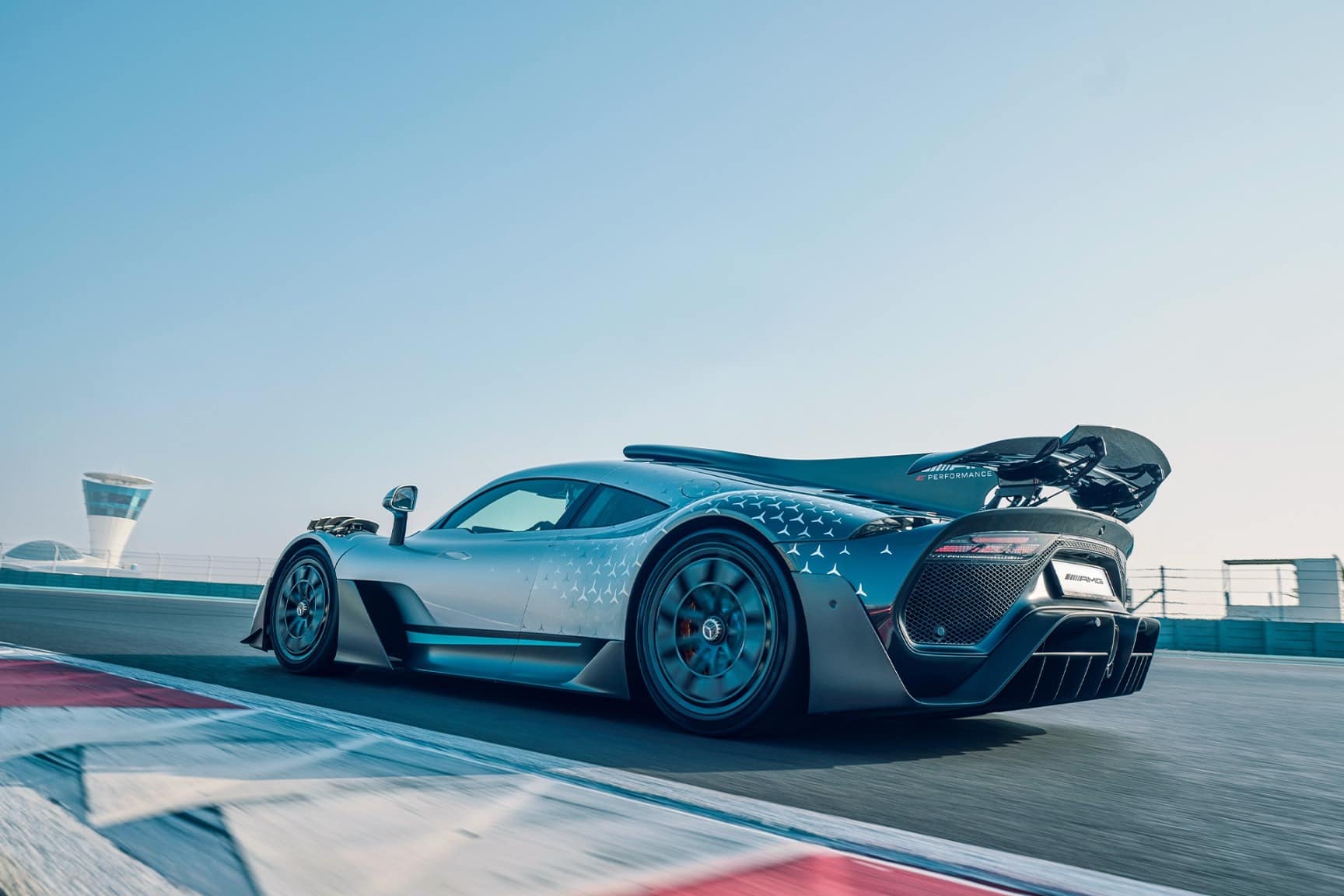



The Mercedes AMG One is arguably one of the most complex modern hypercars. Adapting a Formula One engine for road use was no easy task, as the Mercedes-AMG team quickly found out. However, they pressed on and finally reached the finish line after several delays. There was one problem. Meeting the stringent US emissions regulations meant further tweaks to the F1 powertrain, a compromise Mercedes-AMG was unwilling to make.
As quoted by Carscoops, the carmaker released a statement summing up the situation. ‘In order to preserve the unique character of its Formula 1 powertrain, we have concluded that meeting US road standards would significantly compromise its performance and its overall driving character.’
Simply put, Mercedes will not be making its flagship street-legal in the US.
Gordon Murray Automotive T.50




The T.50 is a modern hypercar that aims to introduce a new perception of performance driving. It’s designed by Gordon Murray, the automotive genius behind the iconic McLaren F1.
The T.50 is built around a revolutionary fan-based aerodynamic setup and a screaming naturally aspirated V12. The Cosworth engine revs to an ear-splitting 11,500 rpm, cranking out 654 hp in the process. That’s plenty of power in a car that weighs only 2,174 lbs (986 kg).
Like the McLaren F1 (and Speedtail), the T.50 boasts a driver-focused central seating position flanked by two passenger seats. No surprise, then, that the GMA T.50 hypercar is also not street-legal in America.
TVR Sagaris
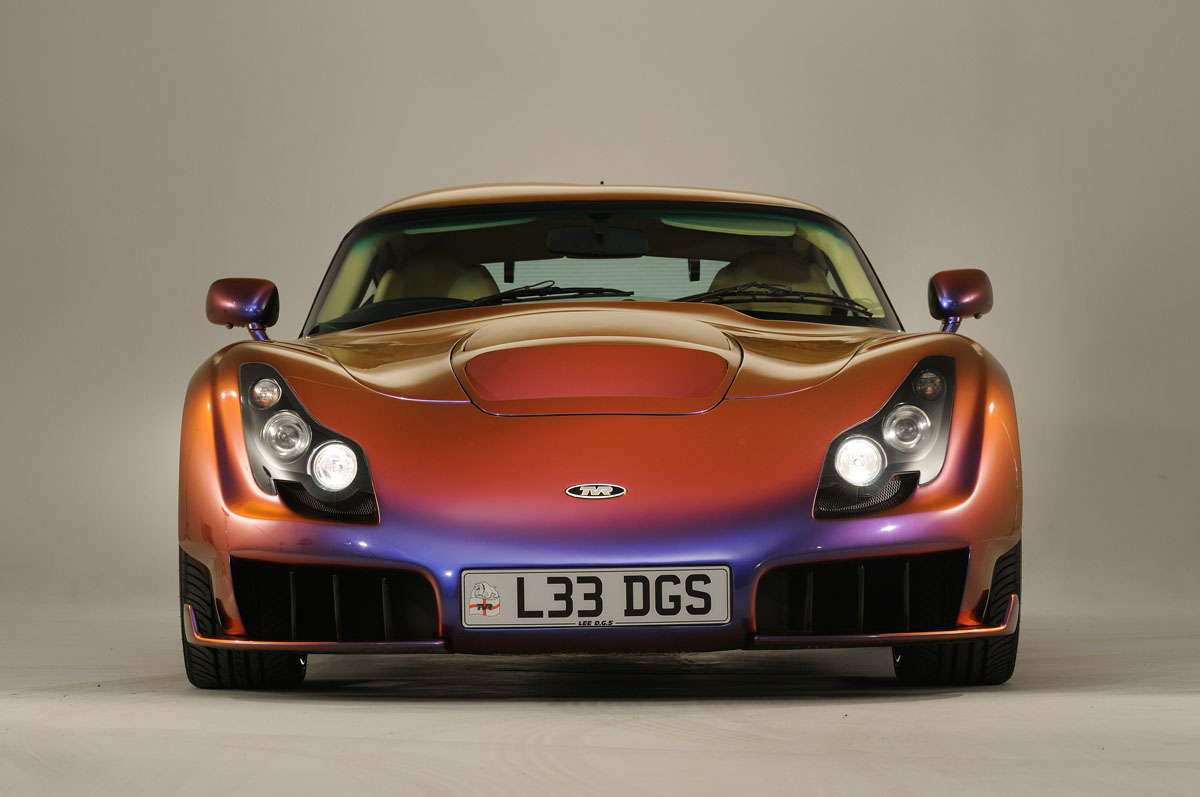



British company TVR may not have produced any new cars for several years now, but they have been responsible for some pretty epic machines in the past.
One of them is the wild-looking TVR Sagaris. The supercar stood out with its extreme styling with all manner of cutouts and vents, supposedly to aid cooling and improve top-line performance. At its heart was a 5-speed manual paired with a 4.0-litre Inline-6 engine that generated 406 bhp and 349 lb-ft of torque.
The 2005 Sagaris could rocket to 60 mph in less than 4 seconds and was a hoot to drive at speed. Unfortunately, the car lacked basic safety features like airbags or ABS, enough reasons to declare it unsafe for American roads.
Wiesmann GT MF5
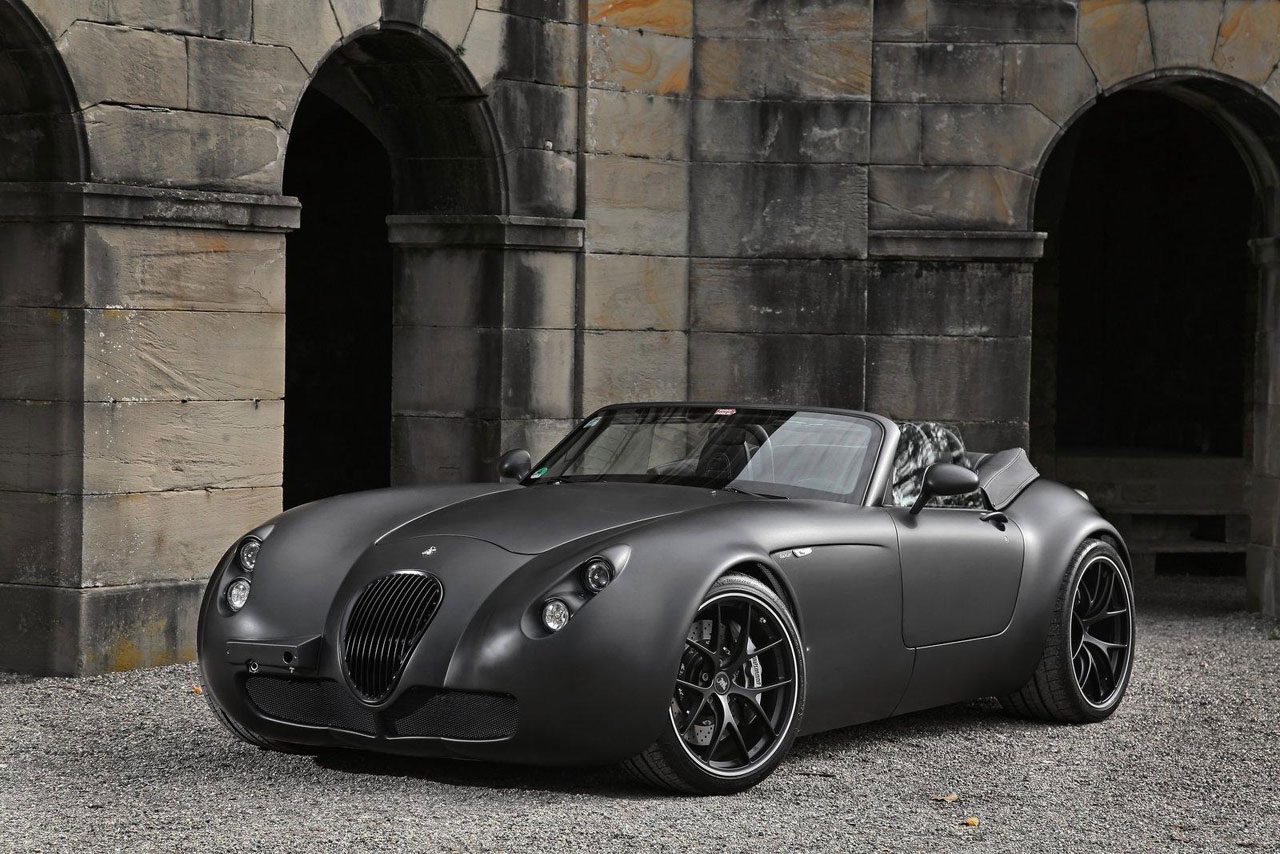



The GT MF5 is a coach-built supercar with impressive performance statistics. Powered by a BMW-derived V10, the retro-styled car can accelerate to 60 mph in 3.9 seconds and complete the quarter-mile run in 12.2 seconds at 126 mph. Its top speed was rated at 193 mph.
The car was first shown at the 2008 Geneva Motor Show, and the production run is reportedly limited to 55 vehicles.
They were never sold in the US, though, at least not officially. The boutique carmaker was unable to homologate the car enough to comply with the NHTSA’s famously stringent safety standards.
Jaguar XJ220 S




The Jaguar XJ220 is one of the most popular supercars to emerge from Britain. The low-slung vehicle was a proper road rocket. The Jaguar XJ220 reportedly reached a 212.3 mph top speed while testing at the Nardo track in Italy. It was enough to make it the fastest production car until the McLaren F1 broke the record. The XJ220 S is an even more potent variant.
A total of 5 examples were built to homologate the XJ220-C racecar for participation at Le Mans. The car lost its aluminum bodywork, replaced by carbon fibre composite to save weight. The turbocharged V6 was tweaked to make 680 hp, a staggering 138hp bump over the standard road car. The wild XJ220 S was deemed too powerful and quick for public roads in America and was never approved for road use.
Porsche 959




Porsche unveiled the 959 in 1986 as the most advanced road car it had ever built. Materials like magnesium alloy, aluminum and Kevlar were used to keep the weight as light as possible. The 959 had an all-wheel-drive system and a bi-turbo engine with water-cooled 4-valve cylinder heads.
In 1987, the Porsche 959 cost a staggering $225,000, making it one of the most expensive production cars, and yet, each sale was made at a loss to the company. Porsche never got the car certified for road use in the US.
At the time, NHTSA required four vehicles to be crashed as part of its safety approval procedures. Porsche, who had already decided to focus on the European market, was unwilling to make such a steep sacrifice, especially since only 292 Porsche 959 supercars were made.
Mercedes Benz SLR McLaren Stirling Moss
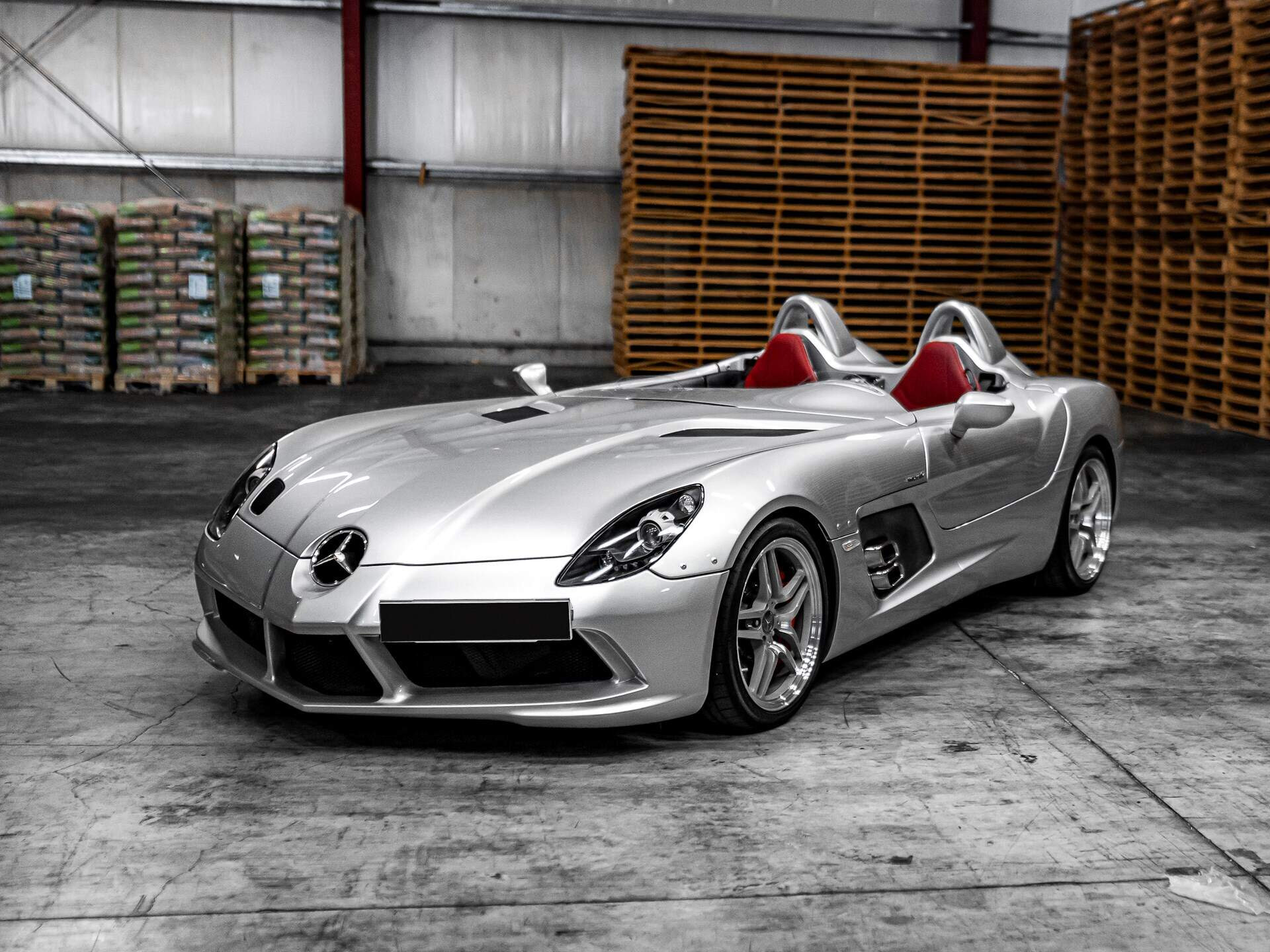



This limited-series supercar is one of the rarest variants of the Mercedes-Benz McLaren SLR. Only 75 units were produced, and they were offered exclusively to existing SLR owners. The sleek roadster was a modern tribute to the 300 SLR driven by the late Sir Stirling Moss to victory at the 1955 Mille Miglia.
The SLR McLaren Stirling Moss was designed with an uncompromising approach to pure and intense performance. The car lacked a roof or windshield. What it did have was an ultralight carbon-fibre bodywork and a formidable 5.5-litre supercharged V8 that made 641 bhp. The SLR McLaren Stirling Moss needed only 3.5 seconds to reach 62 mph and had a top speed of about 220 mph.
Unfortunately, that open-top design did not sit well with US regulators, who never approved the car for public road use.
Ferrari Monza SP1 & SP2




The Monzas SP1 and SP2 are the first of Ferrari’s Icona Series, a limited run of vehicles that celebrate some of the carmaker’s most iconic creations from the classic era. The SP1 is a single-seater, while the SP2 adds a passenger seat.
First revealed in 2018, the design highlight for both hypercars is a completely roofless design. This was a nod to the Barchetta Ferraris like the 750 Monza, 250 Testarossa and 166 MM.
The rich heritage and history behind the modern speedsters did not win them any favours with the US regulators, though. The open-top styling that delivers such a rich and elevated driving experience is the primary reason both cars are not street-legal in the States.
Hennessey Venom F5
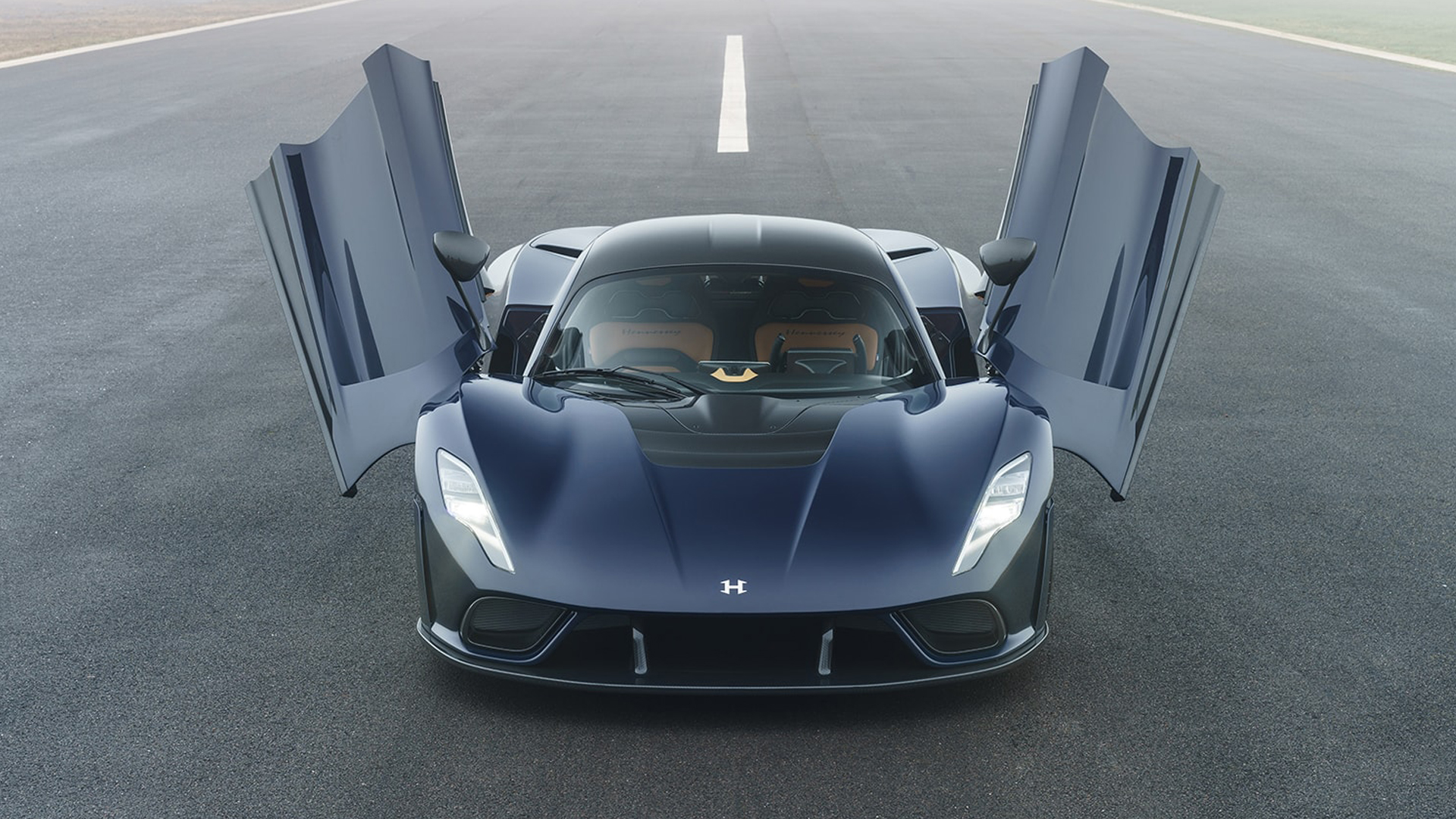



The Venom F5 is the first ground-up hypercar-build by American-based Hennessey Performance. The hypercar is built with a singular purpose – to become one of the fastest production vehicles ever. According to the company, the starting point for that quest is to beat the 300mph+ record set by the Bugatti Chiron. Achieving this lofty ambition required some sacrifices while designing the car.
The Venom F5 Coupe, the first iteration of the hypercar, lacks driver aids such as adaptive cruise control or lane departure warning. Crucially, though, the car lacks airbags. Also, its high price and low production run means the Venom F5 will likely never be subjected to the NHTSA’s crash testing, guaranteeing the car’s spot on this list.
[ad_2]